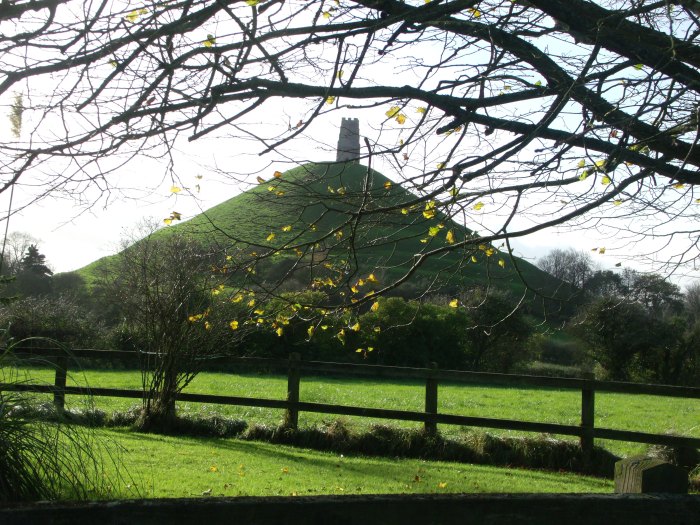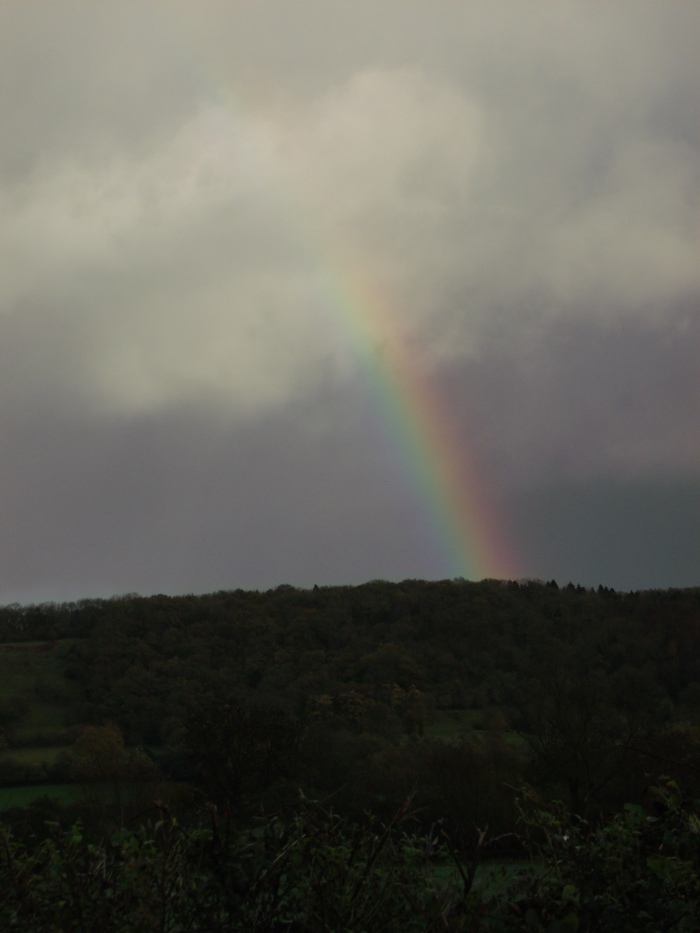Mind you, I am all too familiar with the content of the film, “Suffragette.” Having studied, then taught, women’s studies and feminism at the university level since 1990, I know the basic story of the Pankhursts. The story of votes for women.
Both the US and the UK had simultaneous battles ongoing in the 19th and early 20th centuries. Yes, battles. We are shocked and appalled by the images of police-men throwing down young girls in classrooms, on street corners. We can’t understand how any police-man can shoot a fleeing suspect in the back, in cold blood. Part of the answer is that the police have always been a violent gang of legalized thugs that do the bidding of government – be that local, regional, or national.1
Yet, knowing the tragedies of women’s lives, especially working women’s lives, does not diminish the agony of watching it unfold before you in the well-acted, well-constructed film that is “Suffragette.” The lead, Maude Hobbs Watts, skillfully played by Carey Mulligan, is the English personification of a too hard-worked, married mother of one who was in a certain place at a certain time. Karma? Fate?
A laundry-woman (not considered a skilled trade despite being one), Maude is confronted by the 1913 anarchist movement founded by Emmeline Pankhurst. The call to incitement to act in “deeds, not words,”2 came after some half-century of peaceful protests, speeches, and pamphlet-writing by multitudes of woman orators and authors who all made reasonable arguments in favor of women’s equal status with men.
Maude’s awakening/consciousness raising came at first from seeing and getting caught inside a radical Women’s Social and Political Union WSPU window-breaking attack on West End shops. Injured and confused, she made her way home and talked – or tried to talk – to her husband, Sonny, about what she’d witnessed. The more she learned, and the more women she met who themselves were involved in the Votes for Women movement, stirred something deep inside. A yearning for a different life, for herself and her husband, but most especially for her son, Charlie.
The dramatic break-up of this tiny family is a microcosm of the whole raison d’etre of the women’s movement. Her husband failed her. Her child was swept away from her. The “boss” at the laundry, where she worked herself to exhaustion for a pittance, had been sexually abusing her since becoming an orphan of the laundry (her mum was scalded to death) at age 4. She watched as another young 12-year-old girl was being targeted by the same “boss.” Maude had had enough.
While I don’t think breaking windows and blowing up mailboxes are particularly good or effective ways of getting ones’ point across – then or now – I quite understand the frustration that must have welled up in this movement. Reason and well-thought argument, it was clear, did nothing, nothing to change men’s minds. Pankhurst also said that men only understand war.
In the end, a woman’s life was sacrificed in order to bring the British government around to even paying attention. Even then, it had to happen in such a public place with the entire world’s press watching and reporting to have an effect. Whose life and what mode of sacrifice? For that bit, go watch this film. Weep for those women, weep for women right now, and weep for all of us.
I’ve called this an ethnographic review because part of the experience was going to the Strode Theatre in Street, Somerset (close to Glastonbury) for a cinema night. The house was nearly full. Throughout the film there were ripples of disgust, shock, and horror. At the close, the film makers gave some pertinent facts about the fight for women’s rights. As each new line or information or date of suffrage for women around the world was revealed, there was an audience-wide intake of breath. Later, in the café while ordering coffee to try to settle my thoughts and drive home, women at the bar were saying that every little girl needs to see the film. I think every child should. A few elder women whispered at their table that their own mums or grans were involved. Many, though, had no idea that all this had happened.
That is the base, the core of the problem that we as women still have to face every day with our current fight for women’s rights. Education and keeping the herstory alive and in schools, writing, films, music, art – IN PUBLIC – is vital for today’s battles to be won.
___________
1 BTW, I am not anti-policing as there are legitimate criminals. I am anti-thuggery, however, which is what I am discussing here.
2 Pankhurst, Emmeline. 1914 My Own Story. p. 38.

































